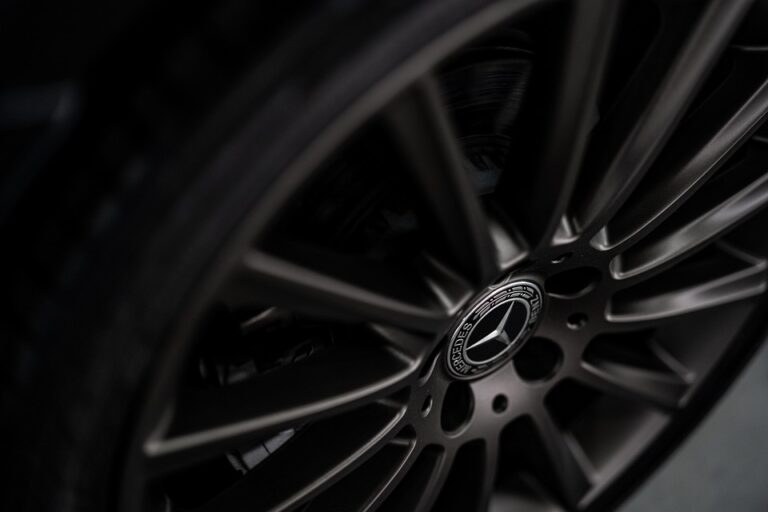End of Lease Options: What Happens When Your Car Lease is Up?
When your car lease reaches its conclusion, a pivotal decision looms ahead. Navigating the world of car leasing can sometimes feel overwhelming, but understanding your end-of-lease options is crucial for making an informed choice. Whether you’re ready to return the vehicle or thinking about purchasing it outright, this guide will walk you through everything you need to know about your possibilities at the end of your car lease.
Understanding Car Leasing
Car leasing is a popular alternative to buying a vehicle. It allows you to drive a new car for a specified period, typically two to four years, while only paying for its depreciation during that time. At the end of your lease, you have several options, each with its benefits and drawbacks.
Why Lease?
Leasing often requires a lower down payment and offers lower monthly payments compared to traditional financing. It’s an attractive option for those who like to drive newer models equipped with the latest technology and safety features.
What Happens When Your Lease Ends?
As your lease expiration approaches, you should receive a notice detailing your options, responsibilities, and any necessary actions you need to take. Here are your main choices:
Option 1: Return the Vehicle
Returning your leased vehicle is the most straightforward choice. Here’s what you need to consider:
- Condition Inspection: Before returning your car, conduct a thorough inspection. Check for any excess wear and tear to avoid extra charges.
- Mileage Limits: Most leases impose a mileage limit, typically between 10,000 and 15,000 miles per year. Exceeding this can lead to significant penalties. Check your contract to understand your limits.
- Documentation: Gather all necessary paperwork such as your lease agreement and maintenance records to streamline the return process.
Option 2: Purchase the Car
If you’ve developed a fondness for your leased vehicle, you may consider buying it. This option often comes with advantages:
- Pre-Determined Price: Your lease agreement usually specifies a purchase price, known as the "residual value," which can be advantageous as it is often lower than market value.
- Financing Options: If you choose to buy, most leasing companies offer financing options, allowing you to continue making monthly payments.
Option 3: Lease a New Vehicle
As the leasing world operates on a cycle, you might want to consider leasing a new car altogether. This option allows you to enjoy the latest model with updated features:
- Trade-In Benefits: Some dealerships provide incentives to trade in your current lease early, possibly reducing your new lease payments.
- Special Offers: Keep an eye out for special promotions or incentives from car manufacturers, which can make leasing a new car even more economical.
Preparing for Your End-of-Lease Inspection
Regardless of the option you choose, preparing for your end-of-lease inspection is vital. Here’s a checklist:
- Clean Your Vehicle: A detailed wash and vacuum can improve the overall appearance and may help mitigate wear-and-tear charges.
- Check for Damage: Look for any dents, scratches, and interior wear, and address them if necessary.
- Required Maintenance: Ensure that any required maintenance is completed, as this is often stipulated in your lease agreement.
Fees and Obligations
Being aware of potential fees is essential to a smooth lease termination. Common fees include:
- Excessive Mileage Fees: Calculate any charges should you exceed your mileage cap.
- Wear-and-Tear Charges: Understand what constitutes excessive wear to avoid unexpected costs.
- Disposition Fees: Some leases impose finance charges for assessing the vehicle upon return. Check your lease agreement for specifics.
What to Do After Returning Your Lease
After returning your leased vehicle, expect an end-of-lease statement. This document will include your final charges, wear-and-tear assessments, and any mileage penalties. If you followed the upkeep advise, your fees may be lower than anticipated.
Considerations for Next Steps
- Evaluate Your Financial Situation: If you choose to lease again, assess your budget and finance availability.
- Explore Different Brands: Use this opportunity to research various brands, as your needs may have evolved since your last lease.
- Stay Informed: Keeping up with car leasing news can help you understand future trends and options.
Conclusion
As your car lease approaches its end, knowing your options can help you make the best decision for your situation. Whether you return the vehicle, purchase it, or lease a new one, being prepared will make the transition smoother. Don’t hesitate to consult with your leasing company for more specific details about your lease agreement, and take advantage of this pivotal moment to reassess your automotive needs.
For those venturing into the car leasing world, understanding the end-of-lease process will not only save you costs but also lead to better decisions in your future automotive endeavors. If you’re ready to explore your options, take the first step today!


